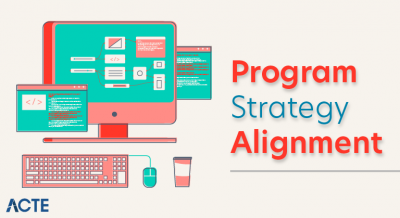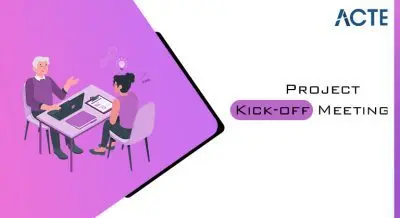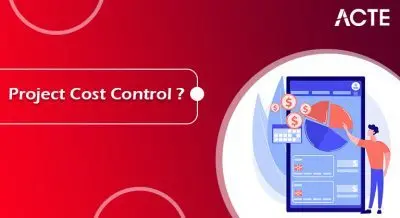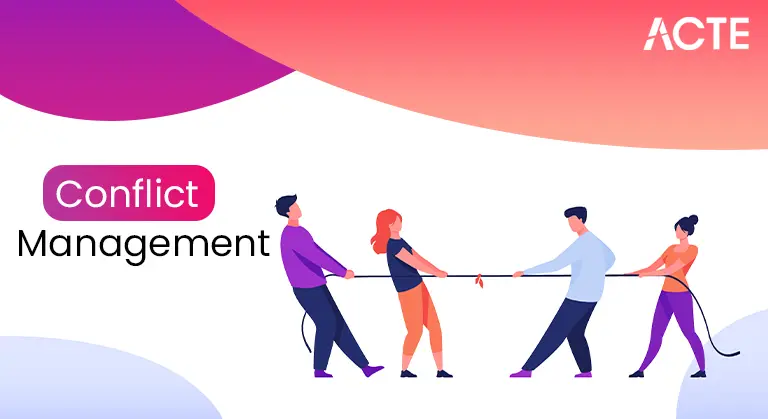
- Introduction
- What is conflict management?
- Classification of Conflict
- What’s Your Conflict Management Style?
- What is Conflict-making abilities?
- Five Major Conflict Management Styles
- Example of Conflict Management Skills
- Various Methods of Handling Conflicts
- The 5 conflict management styles
- Abilities Required for Conflict Resolution
- Steps in Conflict Management
- Factors influencing Conflict Styles
- What is the extent of refereeing?
- Advantage
- Conclusion
- Intrapersonal
- Intragroup
- Relational
- Intergroup
- Peace promotion abilities will be capacities that assist you with overseeing what struggle means for you, those you work with, and the working environment all in all.
- Realizing that contention is inescapable, peace promotion means to make the struggle a useful piece of the work environment, and assuming you have the right stuff do to thus, you can add to a climate where the struggle is acknowledged, oversaw, and utilized decidedly.
- Teaming up Style: A mix of being self-assured and helpful, the people who team up the endeavor to work with others to distinguish an answer that completely fulfills everybody’s interests. In this style, which is something contrary to staying away from, the two sides can get what they need and gloomy sentiments are limited. “Teaming up works best when the drawn-out relationship and result are significant for instance, making arrangements for incorporating two offices into one, where you need the best of both in the recently shaped division,” Dr. Benoliel says.
- Contending Style: Those who contend are emphatic and uncooperative and ready to seek after one’s interests at someone else’s cost. Dr. Benoliel clarifies utilizing this style works when you couldn’t care less with regards to the relationship however the result is significant, like while rivaling one more organization for another client. In any case, she alerts, “Don’t utilize contending inside your association; it doesn’t assemble connections.”
- Staying away from Style: Those who stay away from struggle will more often than not be unassertive and uncooperative while strategically evading an issue or just pulling out from a compromising circumstance. “Utilize this when it is more secure to defer managing what is going on or you don’t have as incredible a worry about the result, for example, assuming you have a contention with an associate with regards to their morals of utilizing FaceTime at work.”
- Obliging Style: something contrary to contending, there is a component of generosity while obliging to fulfill the other individual. While it might appear to be liberal, it could exploit the powerless and cause disdain. “You can utilize obliging when you truly couldn’t care less with regards to the result however would like to safeguard or construct the relationship,” Dr. According to belief, “for example, going out for lunch with the chief and concurring, ‘to go for Thai nourishment for lunch, that is OK with me.'”
- Compromising Style: This style means observing a catalyst, commonly satisfactory arrangement that to some extent fulfills the two players in the contention while keeping up with a little confidence and helpfulness. “This style is ideal to utilize when the result isn’t urgent and you are losing time; for instance, when you need to simply settle on a choice and continue to more significant things and will give a little to get the choice made,” Dr. Benoliel says. “In any case,” she adds, “know that nobody is truly fulfilled.” “It’s inconceivably critical to not be apprehensive when struggle emerges because there are things you can do, for example, turning out to be more talented and qualified by building a collection for reacting to diminish struggle,” says Dr. Benoliel.
- One of the main abilities you can have for refereeing is the relational ability to determine struggle. Powerful correspondence might include having a cordial yet direct approach to addressing others during a contention. It additionally implies talking plainly and exactly trying to stay away from any miscommunication.
- Compelling correspondence implies you pay heed to who you’re addressing and change the language you use and non-verbal communication you show to discuss better with them. Avoid utilizing language that is pernicious or improper.
- At the point when you practice undivided attention, you are telling others that you need to hear what they need to say and that it’s vital to you to comprehend their considerations. Undivided attention extends regard and includes looking at the other individual in the eye, gesturing as they talk, and afterward pausing for a minute to understand what they’ve said before you react or pose inquiries.
- Whenever you invest in some opportunity to effectively tune in, you are hearing different viewpoints that can assist you with overseeing clashes better.
- Sympathy implies you see how someone else feels since you deliberately invest in some opportunity to see their point of view. With compassion, you can likewise see more what your partner’s necessities, needs, inspirations, and objectives are, but at the same time, you’re ready to consider their trouble spots.
- While sympathy might fall into place easily for some, it’s likewise expertise you can create by requesting and giving criticism, posing inquiries to comprehend an alternate perspective, being available to contrasts of assessment and building entrust with your collaborators and supervisors.
- A ton of struggles happen or become more awful, on account of the absence of a suitable arrangement. With extraordinary critical thinking abilities, you can concoct a clever fix that will function admirably for the gatherings engaged with the contention.
- To show critical thinking abilities, you might conceptualize answers for the issue, work together with others, look to comprehend the hidden issue, and afterward give a fair goal.
- Keeping an uplifting outlook can help your interaction and work through struggle so the outcome is a stronger work environment.
- Inspiration assists you with understanding that missteps occur and, consequently, you can sort out some way to stay away from the struggle over it and continue.
- Whenever you are prudent, you’re ready to control your feelings in the working environment. This degree of the ability to understand individuals on a deeper level can assist with holding a contention back from deteriorating.
- With it, you’re ready to move toward struggle with a quiet attitude that works with struggle so the working environment is better for it. If you miss the mark on ability, clashes can raise and make a more serious struggle that isn’t as effectively settled.
- To expound further, battling is the place where one party will in general overwhelm one more via dreary contentions, naming, and verbally abusing.
- Flight is the place where individuals flee from issues as opposed to standing up to them and goes to aversion for of dealing with the struggle. Faking, as its name suggests, implies consenting to the arrangement introduced, albeit as a general rule, the contrary remains constant.
- Collapsing is the place where an individual is made to consent to an answer through intimidation. In any case, none of the previously mentioned techniques would yield agreeable outcomes in the long haul.
- Indeed, even today, compromise and cooperation go quite far in settling clashes in an ideal way, as both are shared benefit circumstances generally, after which, invested individuals can cooperate to arrive at a shared objective.
- Powerful exchange prepares for compromise. On the off chance that the conflicts can’t be settled by the two gatherings themselves, then, at that point, an outsider referee or advocate may be counseled for best outcomes.
- Recognize the issue.
- Recognize the restricting asset or imperative that is for the most part at the underlying driver of the contention.
- Participate in participatory exchange and find a scope of arrangements that will be adequate to every one of the gatherings concerned.
- See which arrangements conflict with the authoritative goals and are not with regards to the organization’s way of life.
- Dispense with those that don’t advance common agreement or acknowledgment.
- Pick the best arrangement that fulfills a great many people more often than not and carry out this.
- It upgrades the capacity to settle on a better business choice
- New drives are executed all the more successfully and with more union
- Creates expanded profit from speculation by getting groups and labor forces all pulling in a similar bearing.
- Diminishes enlistment and preparing costs because of better representative maintenance
- A stronger labor force lessens non-appearance and “moderators”
- It works on the nature of decision making under pressure and decreases how much re-work is required
- Encourage a climate of imaginative advancement which helps drive the association forward
- It assists with fortifying administrative connections
- It keeps your groups drew in and straightforwardly speaking with one another
- Enables your kin to have a beneficial outcome
- Forestalls animosity, brutality, harm, and defacement among displeased staff
- Mitigates legitimate dangers
- Cultivates a superior public impression of your association’s image and decreases terrible informal exchange
- Clashes are inescapable in one’s very own life in associations or even between countries.
- It enjoys a few significant benefits whenever dealt with accurately as it brings issues out from the dark and constrains invested individuals to observe arrangements that are OK to all. Notwithstanding, clashes that raise wild are negative to everyone in the situation, so peacemaking turns into a need.
- A few fundamental abilities, some information, and having the wellbeing of the association on a basic level, along with deference for its kin, will go far in taking care of contention honorably.
Introduction:
Authoritative clash happens when at least two gatherings, who have various destinations, values, or perspectives seek similar assets. Clashes can emerge because of conflicts between people or divisions because of their divergent concentration.Despite prevalent thinking, not all authoritative struggles are negative to the viable working of the business or venture nearby.
Famous administration scholars have perceived the way that gatherings will more often than not storm before performing, and in one sense, this can be worthwhile, as it brings issues out of the dark, addresses the need to determine such issues sufficiently, inspires staff to look for OK arrangements and every office or individual entangled in the contention figures out how to regard and even advantage from the innate contrasts of one another.
Notwithstanding, a few struggles go crazy. This lower representative confidence brings about unsuitable personal conduct standards, decreases efficiency, and causes an acceleration in contrasts that makes spans more earnestly to assemble. Recognizing activities that disturb struggle, others that settle distinctions, and the different strategies for adapting to struggle are all important for refereeing which are talked about exhaustively underneath.
What is conflict management?
Conflict management is the process of limiting the negative aspects of conflict while increasing the positive aspects of conflict. The aim of conflict management is to enhance learning and group outcomes, including effectiveness or performance in an organizational setting.
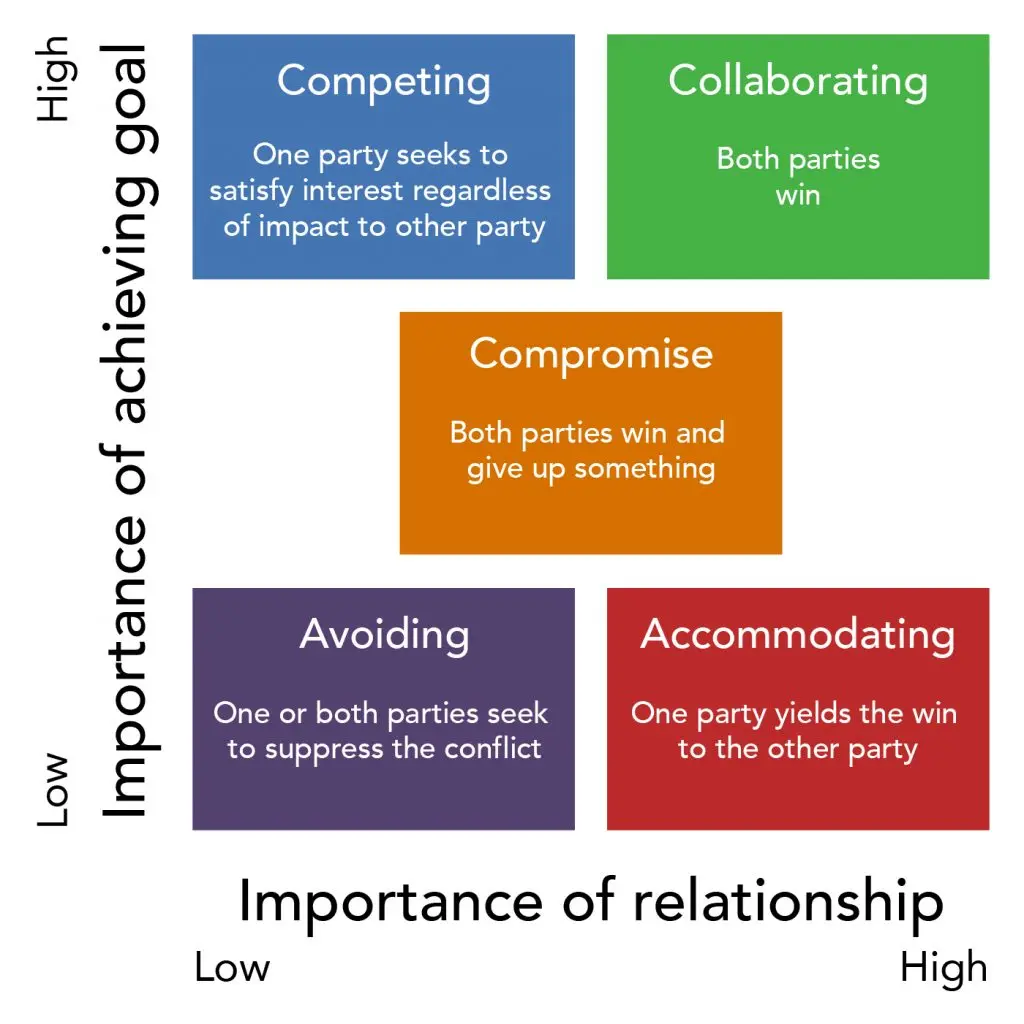
Classification of Conflict:
At the point when we consider the various sorts of contention, we may in a split second consider the ones alluded to in writing, particularly in fiction. They can be applied to reality. Notwithstanding, in contemporary times, sorts of contention that are effectively recognizable are arranged into four unique sorts −
What’s Your Conflict Management Style?
However, struggle is a typical piece of any work environment, it can prompt truancy, lost efficiency, and emotional wellness issues. Simultaneously, the struggle can be an inspiration that creates novel thoughts and advancement as well as prompts expanded adaptability and a superior comprehension of working connections. In any case, the struggle should be overseen to add to the accomplishment of associations.
A basic skill for the present working experts is to comprehend that we each have our particular manner of managing struggle. As indicated by the Thomas-Kilmann Conflict Mode Instrument (TKI), utilized by human asset (HR) experts all over the planet, there are five significant styles of peace promotion teaming up, contending, staying away from, obliging, and compromising.
“Every system has its advantages; there is no correct peace promotion style,” says Dr. Barbara Benoliel, a guaranteed proficient middle person and moderation trained professional and employee for the Ph.D. in Human and Social Services program at Walden University. “Seeing how you naturally react to clashes as well as having expanded familiarity with other administration styles might help how you commonly approach explicit circumstances and lead to productive and compelling compromise.”
What is Conflict-making abilities?
Five Major Conflict Management Styles:
Knowing when and how to utilize each style can assist with controlling struggle and lead to a superior workspace, bringing about a superior primary concern.
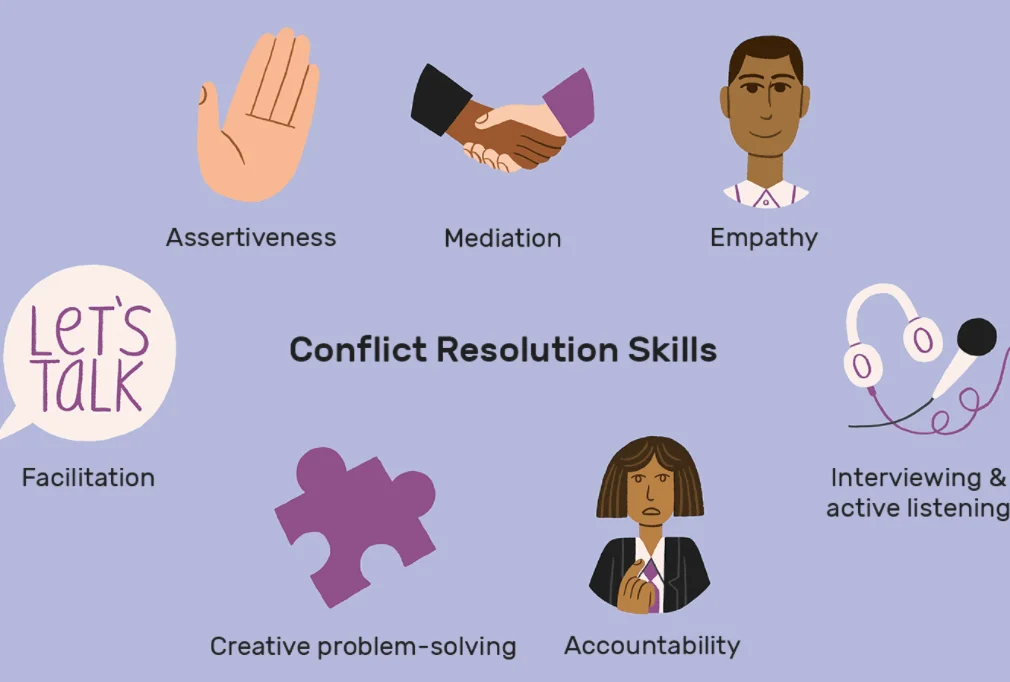
Example of Conflict Management Skills:
There are abilities you can work to become effective at overseeing struggle in the working environment. The best refereeing joins large numbers of these abilities. The following are six peace promotion abilities you can use to keep all contention from adversely influencing the work environment:
Effective Communication:
Undivided attention:
Rehearsing sympathy:
Critical thinking:
Inspirational perspective:
Reasonability:
Various Methods of Handling Conflicts:
The four most famous techniques for taking care of contention can be summed up as battle, flight, phony, or crease.
The 5 conflict management styles:
With regards to struggle, there is nobody arrangement that will work in all circumstances. Every circumstance will be unique, from the trigger of the contention to the gatherings in question. An administrator talented in compromise ought to have the option to take a 10,000-foot perspective of the contention and apply the peace promotion style that is called for in that particular circumstance.
1. Obliging:
This style is about just putting different gatherings’ needs before one’s own. You permit them to ‘win’ and get everything they might want.Convenience is for circumstances where you couldn’t care less with regards to the issue as the other individual, if delaying the contention does not merit your time, or then again assuming you figure you may be off-base. This choice is tied in with maintaining order, not investing more energy than the issue is worth, and knowing when to pick fights.
While it may appear to be fairly powerless, convenience can be the most awesome decision to determine a little clash and continue with more significant issues. This style is exceptionally agreeable concerning the resolver yet can prompt hatred.
Pros: Small conflicts can be taken care of rapidly and effectively, with at least exertion. Chiefs can assemble a standing as an agreeable individual, and representatives will realize that they can express their genuine thoughts about issues without retaliation.
Cons: Managers may be seen as feeble on the off chance that they oblige again and again. Utilizing this method with bigger or more significant issues won’t settle any issues in a significant manner and ought to stay away from them.
2. Keeping away from:
This style intends to diminish struggle by disregarding it, eliminating the tangled gatherings, or sidestepping it in some way. Colleagues in struggle can be taken out from the task they are in a struggle over, cutoff times are pushed, or individuals are even reassigned to different divisions. This can be a successful compromise style assuming quite possibly a cool-down period would be useful or then again if you want more opportunity to think about your position on the actual contention.
Evasion ought not to fill in for a legitimate goal, notwithstanding; pushing back struggle endlessly can and will prompt more (and greater) clashes down the line.
Pros: Giving individuals time to quiet down can tackle an astonishing measure of issues. Reality can give a truly necessary viewpoint to those in struggle, and a few issues will settle themselves. Directors show that they trust workers to carry on like grown-ups and address issues.
Cons: If utilized in some unacceptable circumstances, this strategy will exacerbate clashes. Chiefs can appear to be bumbling assuming they abuse evasion since workers will believe that they are unequipped for dealing with conflicts.
3. Compromising:
This style tries to find the center ground by requesting that the two players yield a few parts of their cravings so an answer can be settled upon.This style is now and again known as a serious predicament, in that the two players should surrender a couple of things to settle on the bigger issue. This is utilized when there is a period crunch, or when an answer just requirements to occur, as opposed to being great.Compromise can prompt disdain, particularly whenever abused as a compromise strategy, so use sparingly.
Pros: Issues can be settled rapidly, and the gatherings in struggle will leave seeing more with regards to the next individual’s point of view. Compromise can put the stage for coordinated effort not too far off and permit the two players to feel appreciated. Chiefs utilizing this strategy are viewed as working with the arrangement, being active, and tracking down arrangements.
Cons: No one leaves blissful. At times, one side may feel like they forfeited excessively, and be reluctant to think twice about later on. Chiefs who depend on this method will consume their worker’s generosity and be viewed as unfit to execute the joint effort
4. Competing:
This style rejects compromise and includes not yielding to others’ perspectives or needs. One party stands firm in what they believe is the right treatment of a circumstance, and doesn’t withdraw until they get everything they might want.This can be in circumstances where ethics direct that a particular strategy is taken when there is no ideal opportunity to attempt to observe an alternate arrangement or when there is a disliked choice to be made. It can resolve debates rapidly, however, there is a high opportunity of assurance and usefulness being diminished.
Pros: Managers utilizing this style show that they are solid and won’t withdraw on their standards. Questions are settled rapidly, as there is no space for any conflict or conversation.
Cons: Managers utilizing this style will be viewed as preposterous and tyrant. Taking care of contentions by pounding any contradiction won’t prompt cheerful, useful representatives, nor will it lead to tracking down the best arrangements generally speaking.
5. Coordinated effort:
This style creates the best long-haul results, simultaneously it is regularly the most troublesome and tedious to reach. Each party’s requirements and needs are thought of, and a mutually advantageous arrangement is found so everybody leaves fulfilled. This frequently includes all gatherings plunking down together, talking through the contention, and arranging an answer together.This is utilized when it is indispensable to protect the connection between all parties or when the actual arrangement will have a critical effect.
Pros: Everyone leaves cheerful. An answer that tackles the issues of the contention is found, and the supervisor who carries out this strategy will be viewed as talented.
Cons: This style of peace promotion is tedious. Cutoff times or creation might need to be deferred while arrangements are found, which may consume most of the day, contingent upon the gatherings in question, and can prompt misfortunes
Abilities Required for Conflict Resolution:
Relational abilities, arrangement abilities, and the capacity to appreciate the situation completely are vital abilities in peacemaking. Listening abilities and the capacity to observe arrangements that don’t think twice about the party’s advantage are additionally worth creating while dealing with refereeing.
Steps in Conflict Management:
Factors influencing Conflict Styles:
1. Gender: A few of us utilize decisive clash modes in light of our orientation and specific sort of socialization. A few guys, since they are male, were educated to “stand up 100% of the time to somebody, and, on the off chance that you need to battle, battle”. Assuming one was mingled this way he will be bound to utilize emphatic struggle modes as opposed to utilizing agreeable modes.
2. Self-idea: How we think and feel about ourselves and assessments about others influence how we approach struggle with the other individual.
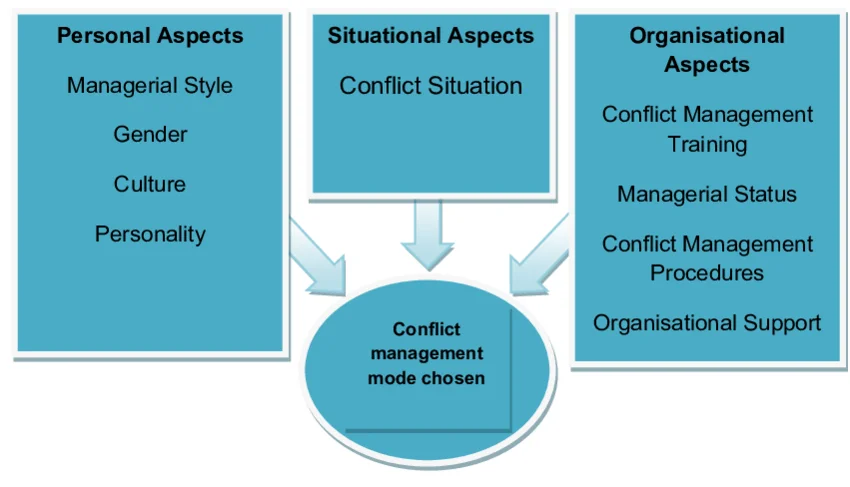
3. Assumptions: Assuming we accept that our group or the other individual needs to determine the contention, we could be positive to determine the contention?
4. Position/Power: What’s the situation in the power status relationship with the individual we are in the struggle? It implies whether the other man is equivalent to, more than, or short of what us in status.
5. Life Experience: Through information and experience, we may have acquired abilities about struggle and “peace promotion understanding”. It empowers us to figure out what struggle mode to use with the specific individual with whom we are in struggle.
6. Communicational Skills: The fundamental of compromise and refereeing is the way we convey. Individuals utilizing powerful correspondence will want to determine clashes effortlessly and achievement.
What is the extent of refereeing?
Peace promotion includes getting abilities connected with compromise, mindfulness about struggle modes, struggle relational abilities, and laying out construction for the board of contention in your current circumstance.
Reasons for CONFLICT:
In an association, clashes happen among directors and subordinates, labor and the executives; work gatherings, and between the association and its external climate. Here are certain purposes of authoritative struggle put together by Jimoh Kadiri (2012)
Character Differences: Some of the time, the person whose perspectives and practices can’t concur are sometimes doled out to cooperate. Assuming they overlook every other’s needs, conflicts may result. Additionally, the distinction in person’s insight can likewise cause conflict when the executive’s staffs are not careful in introducing changes and processes, there could contact.
Communication Barrier: Struggle emerges because of hindrances in the correspondence process. Ohanmu (2002) sees correspondence as the exchange of importance, that is, from the source to the beneficiary.
Clashing Interest: Clashing interest might be because of contrasts in objectives among organizational individuals. Juvenile conduct concerning many management staff and representatives can likewise cause clashes.
Scant Resources: Hierarchical assets are not adequate 100% of the time. Individuals, money, materials, time to address each of the issues might be hard to find thus, generating clashes. Besides, when a singular looks for a few mutually desirable assets by others, that are hard to find, the arising or resultant contest might produce clashes
The Administrative Styles: The regulatory style taken on by a head will in general be a source of contention assuming that it is absolutist. At the point when arrangements and advancement are carried out by the executives without due discussion and participation of the unit heads, the struggle would result
Advantage:
1.Reduces costs:
2. Expands usefulness:
3. Hold your top entertainers:
4. Oversee hazard:




